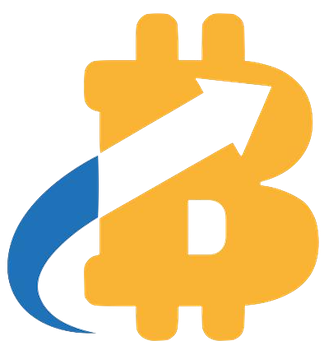The landscape of cryptocurrency investment is witnessing a significant transformation, primarily driven by evolving regulatory frameworks that give clarity to the legality and practicality of staking. With the U.S. Securities and Exchange Commission (SEC) recently affirming that staking does not constitute a securities sale when asset ownership is preserved, a wave of optimism has washed over potential investors. This pivotal moment fosters an environment conducive to the launch of exchange-traded funds (ETFs) that can integrate staking rewards, thereby escalating the appeal of these versatile investment instruments.
What policymakers often overlook is the tremendous gap in understanding that average investors possess regarding the integration of cryptocurrency and traditional finance. With the SEC’s shift in perspective, the potential for staking ETFs becomes clearer, and this clarity opens the flood gates for various asset management firms like BlackRock, Fidelity, and Bitwise to innovate within this new framework. Unfortunately, the regulatory approval process remains sluggish, but it is essential for those investing in staking-driven ETFs to understand that the future looks promising.
The Role of the CLARITY Act: A Trying But Necessary Step Forward
The introduction of the bipartisan Digital Asset Market Clarity Act (CLARITY Act) positions itself as another critical development in fostering a more nuanced approach to cryptocurrency regulation. This act aims to delegate oversight of the secondary market for tokens to the Commodity Futures Trading Commission (CFTC) while allowing the SEC to maintain authority over initial fundraising activities. By delineating these responsibilities, we can hope for more efficient regulatory processes surrounding trading and investment in the blockchain space.
However, despite its bipartisan backing, the CLARITY Act faces its set of challenges. Navigating the political machinations surrounding such legislation can be complex, as seen in the ongoing debate about taxation and tariffs affecting the crypto market. This multifaceted reality is something potential investors must consider as they weigh the prospects of staking ETFs. The path may be fraught with political negotiation, yet the potential gains from such investments are increasingly difficult to ignore.
Why Staking ETFs Offer an Attractive Yield Amid Market Volatility
Staking enables holders of cryptocurrencies like Ethereum (ETH), Solana (SOL), and Binance Coin (BNB) to earn a significant yield that surpasses traditional banking offerings. With yields on ETH staking ranging from 2.5% to 3% and SOL offering an even more enticing average yield between 6.5% and 8%, these staking-enabled investments can serve as a buffer against the unpredictability endemic to traditional equities. The concept of an ETF wrapping these staking rewards appears to be a revolutionary approach, combining the appreciation potential of cryptocurrencies with the income-generating strength of yield streams.
This dual action must be viewed in light of the current market context. A decrease in the equity risk premium, falling below 2.5%, may indicate a situation where conventional stock investments no longer adequately compensate for the associated risks. With this knowledge, savvy investors can leverage staking ETFs as a means to diversify their portfolios while capitalizing on the potential upside inherent in cryptocurrencies.
Macro Factors and Global Trade: A Complex Interaction
Compounding these factors are broader macroeconomic conditions, particularly in relation to US-China trade talks. Depending on the outcomes of these discussions, the market could experience a bullish scenario where Bitcoin (BTC) traipses toward its previous record highs. Alternatively, this dialogue could unwind into a bearish scenario marked by tariff re-escalations that pressure equities initially.
However, it is crucial to note that staked cryptocurrencies and their related ETFs can still flourish amidst these fluctuations. As evidenced in a bearish scenario, where stock prices may dip, the structural yield component of staking tokens would likely resist such downward trends, providing a compelling rationale for investors seeking refuge.
The Investor Sentiment: Riding the Wave of Blockchain Enthusiasm
Lastly, we can’t ignore the tidal wave of interest from newer generations eager to grasp the opportunities presented by blockchain technology. The appetite for innovative investment solutions among millennials and Gen Z is not simply a fleeting trend; it signifies a crucial shift in financial priorities and investment philosophy that is increasingly receptive to the integration of crypto assets.
Investors should not underestimate the significance of regulatory clarity, market conditions, and the allure of yield associated with staking as they contemplate the influx of ETFs that can potentially shape the future of their portfolios. As these dynamics evolve, the prospects for staking ETFs could very well lead a new Era in the investment sector, proving that innovation lies not just in technology but also in the very framework that governs its existence.



















Leave a Reply